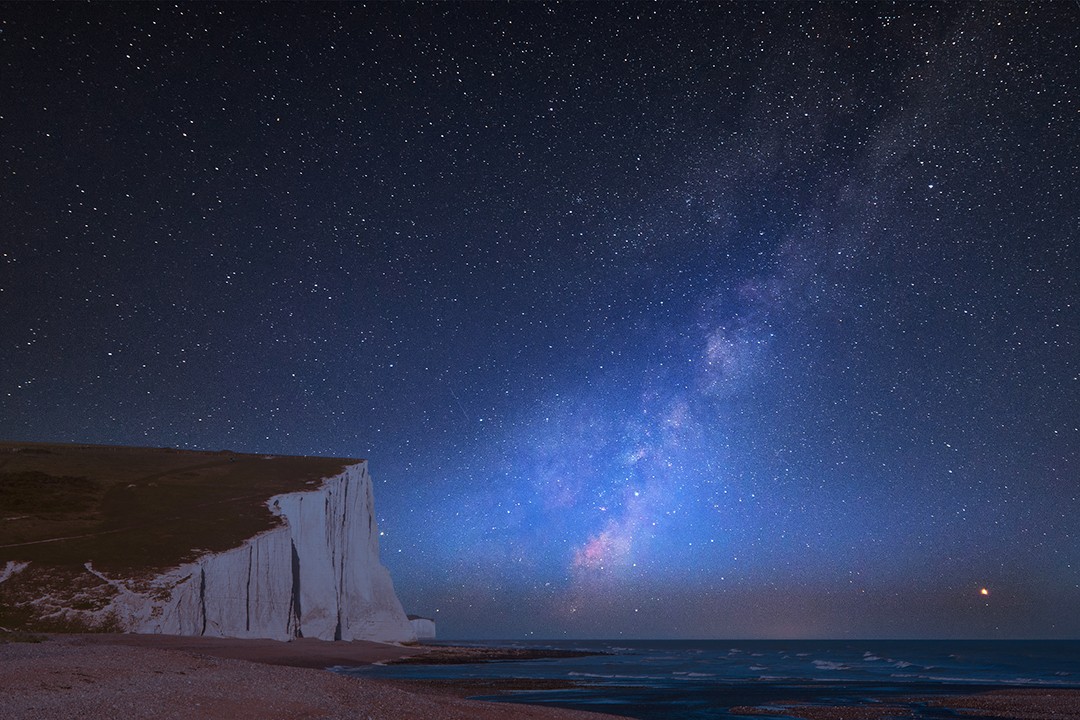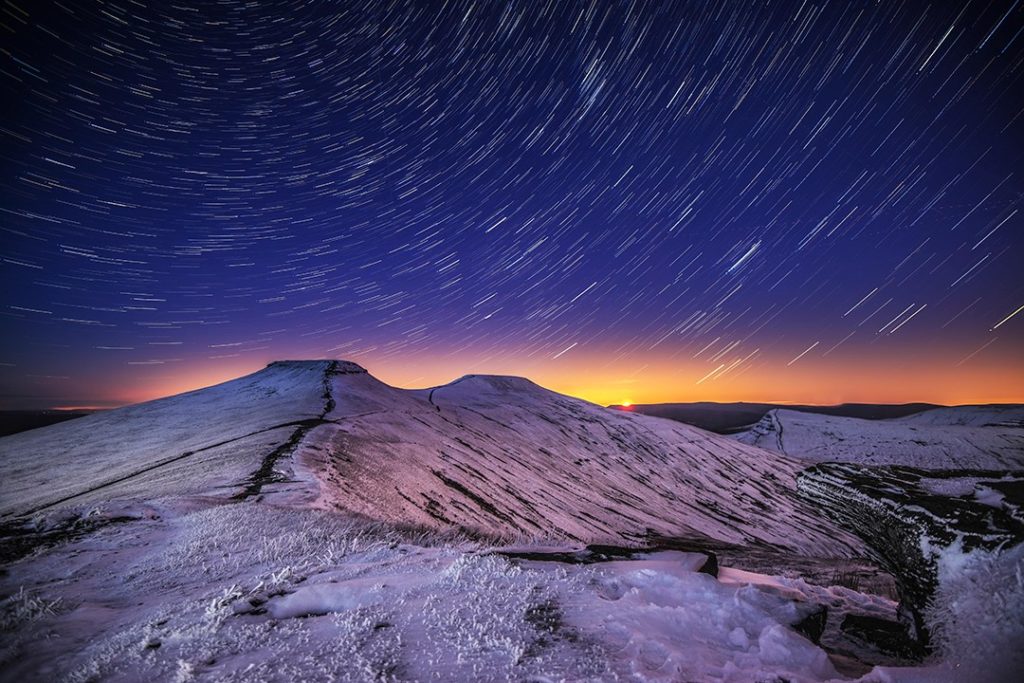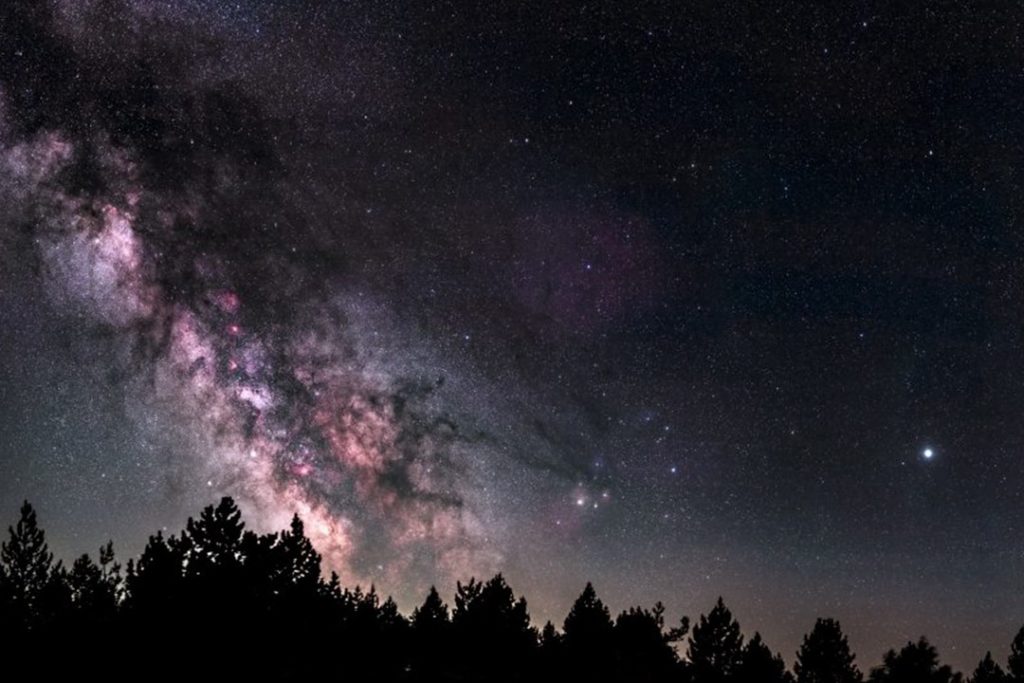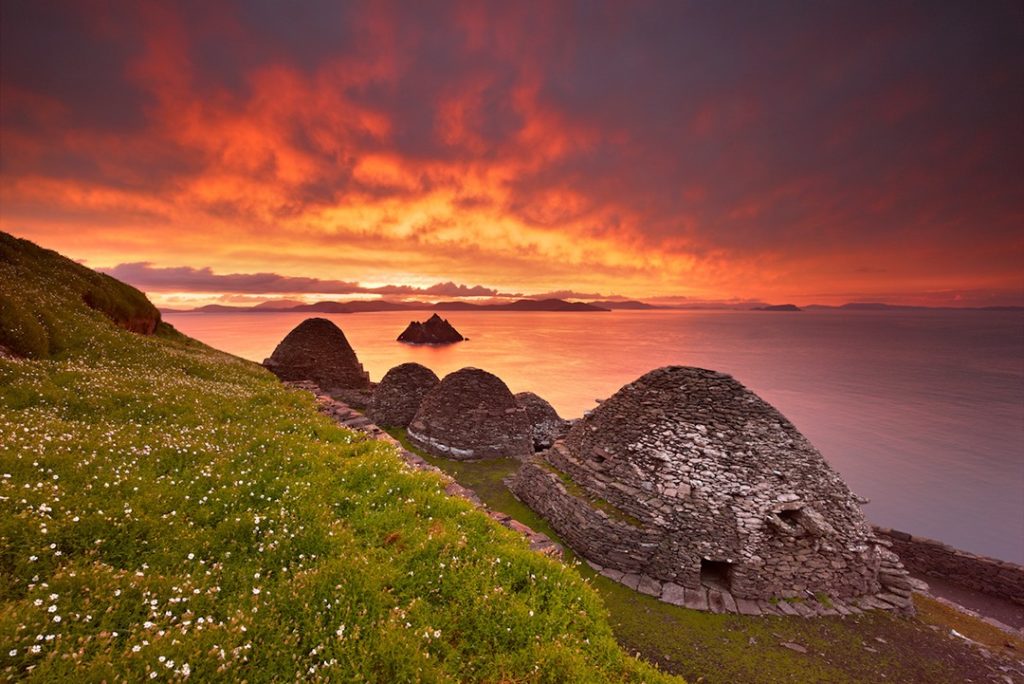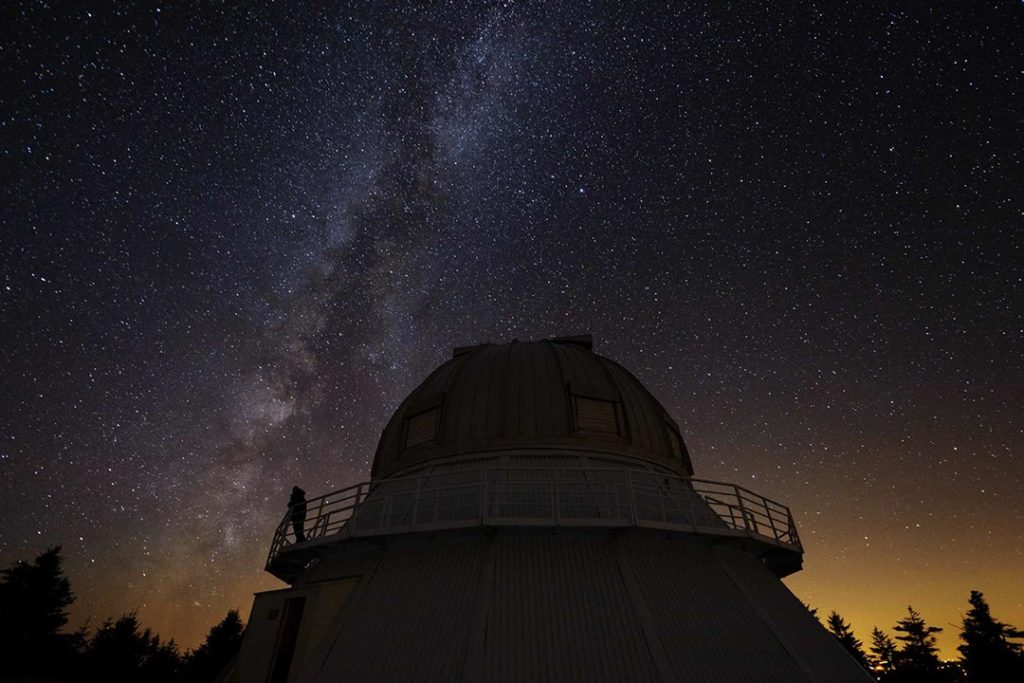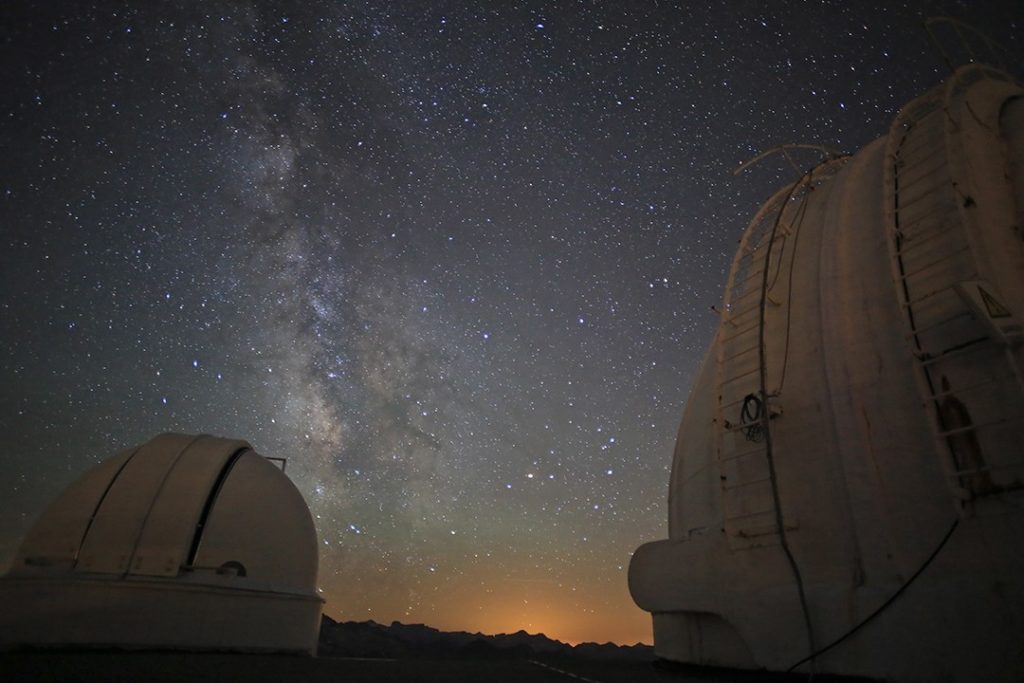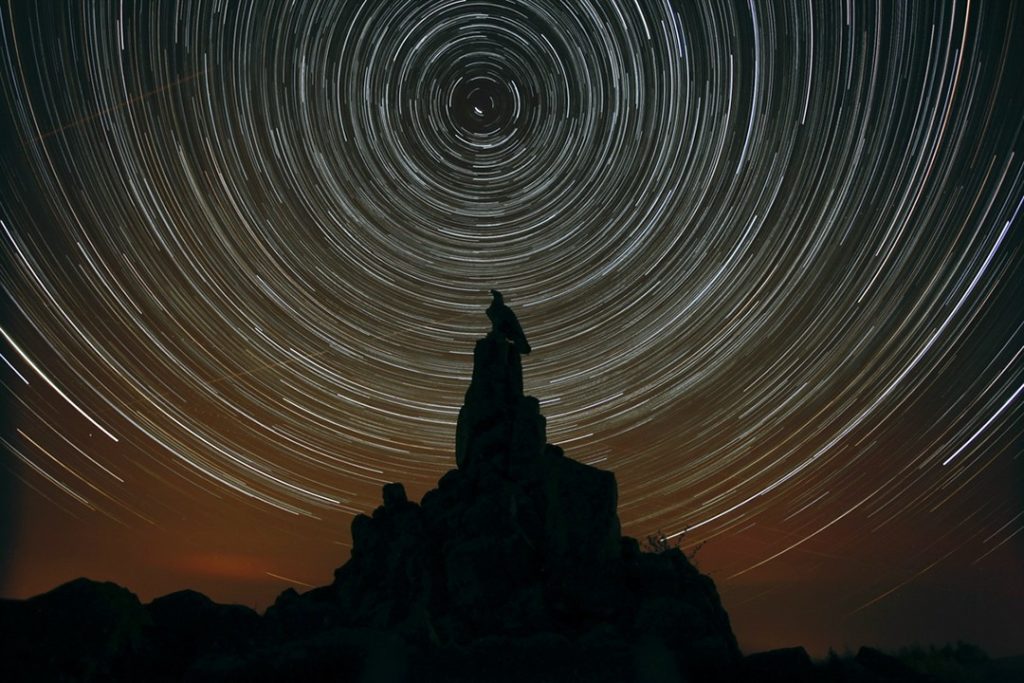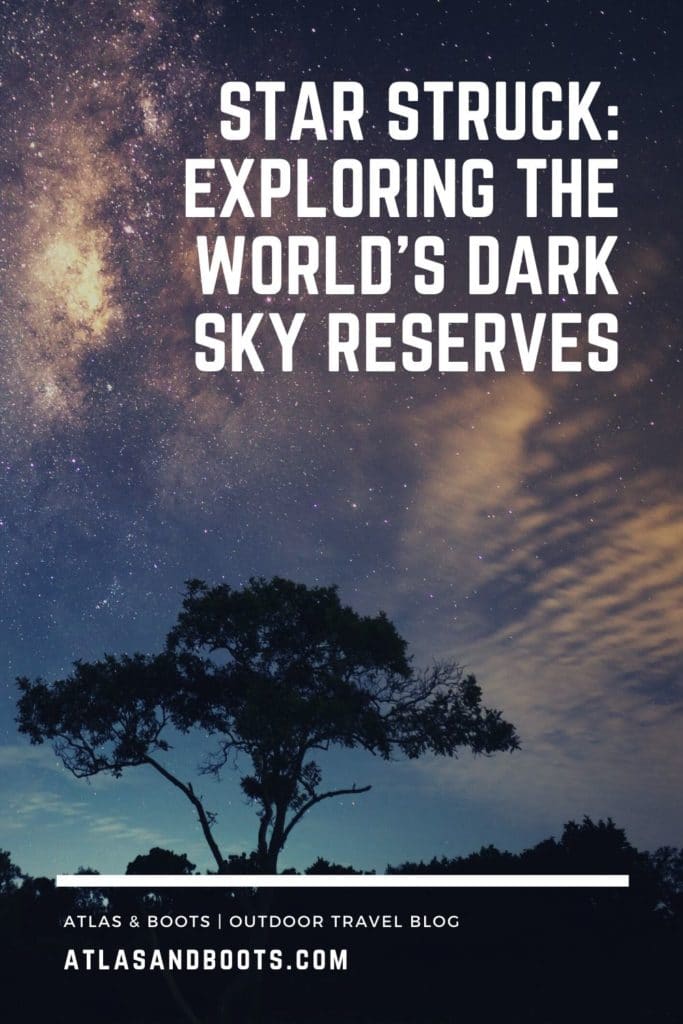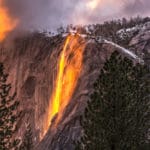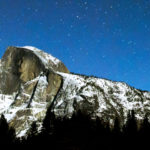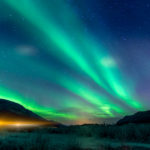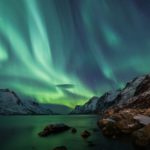International Dark Sky Reserves are protected areas that offer exceptionally starry nights. We review the 16 places that hold this hallowed status
They sound like something out of Star Trek, these ‘Dark Sky Reserves’ – like they may have been conjured one evening in a lively LA writers room. Unlike the ‘Delta Quadrant’ or ‘Delphic Expanse’, however, International Dark Sky Reserves actually exist.
We at Atlas & Boots hadn’t heard of them until our recent trip to New Zealand‘s Aoraki Mackenzie, one of the world’s 16 Dark Sky Reserves.
Governed by the International Dark Sky Association (IDA), Dark Sky Reserves are defined as follows.
A public or private land possessing an exceptional quality of starry nights and nocturnal environment that is specifically protected for its scientific, natural, educational, cultural, heritage and/or public enjoyment. Reserves consist of a core area surrounded by a populated periphery where policy controls are enacted to protect the darkness of the core.
In simpler terms, Dark Sky Reserves are places that offer extraordinary night skies and that are protected from human encroachment. Reserves are one of six designations of international dark sky places and are particularly interesting because they tend to be darker than Parks and more accessible than Sanctuaries.
Here are the 16 Dark Sky Reserves currently certified by the IDA.
Alpes Azur Mercantour, France
Land area: 2,250 sq km
Designated: 2019
Location: Beuil, France
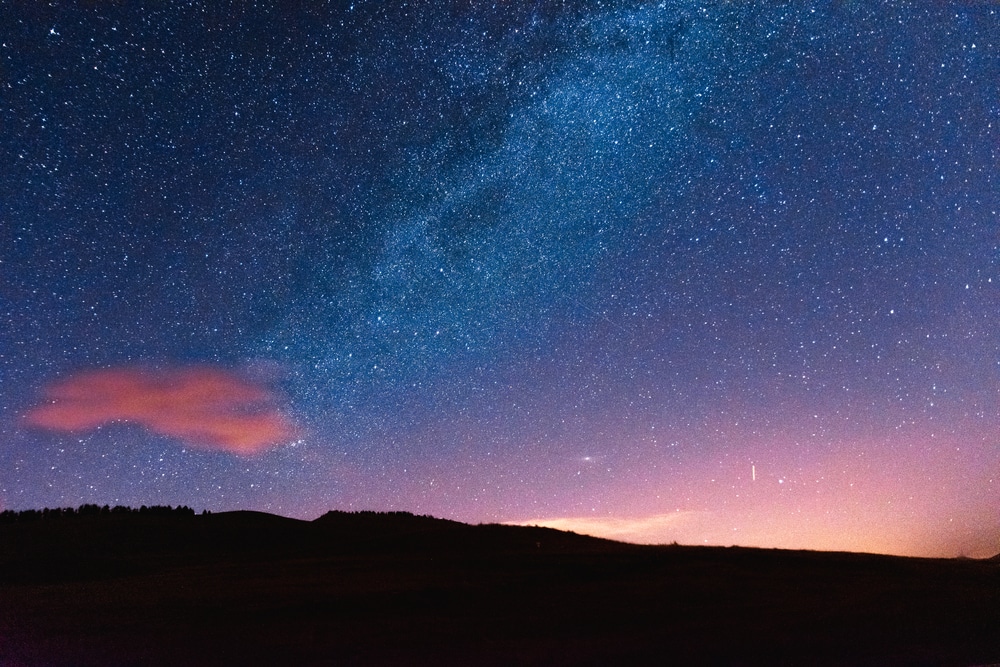
The southwest corner of the French Alps is where Europe’s great peaks descend to its great sea – the azure Mediterranean. It is also home to one of the world’s first mountain observatories, built on Mont Mounier at 2,817m during the 19th century. The 20th-century Calern Plateau observatory is also located in the region.
Known for its grand landscapes, the area has long been a popular spot for astronomers. The natural frontiers of mountains and sea make for fine barriers to light pollution and an exceptional place to stargaze, whether amateur or professional.
Aoraki Mackenzie, New Zealand
Land area: 4,367 sq km
Designated: 2012
Location: South Island, New Zealand
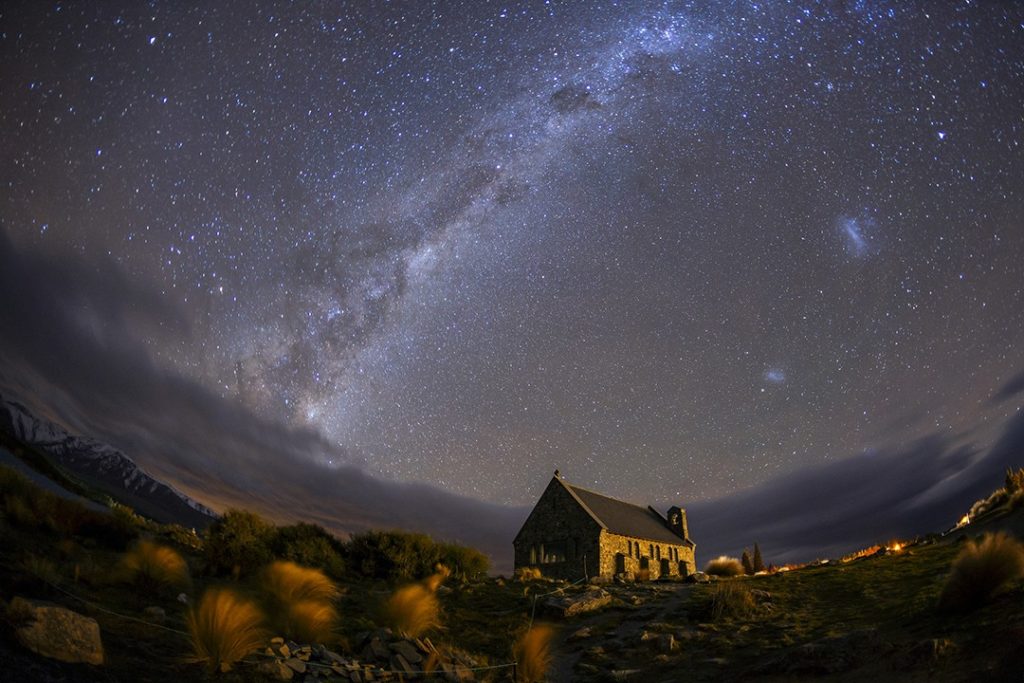
Aoraki/Mt. Cook National Park together with the Mackenzie Basin constitute the Aoraki Mackenzie Dark Sky Reserve on New Zealand’s South Island.
The night sky has played a critical role in New Zealand’s history. The Maori people used stars to navigate to the islands and integrated astronomy into their culture and daily lives. Preserving the night sky not only honours the country’s Maori history, but also protects wildlife in the area and minimises light pollution for the nearby Mt. John Observatory.
Brecon Beacons National Park, Wales
Land area: 1,347 sq km
Designated: 2013
Location: Wales, United Kingdom
Brecon Beacons National Park lies in a part of south Wales where sheep are said to outnumber people 30 to one. The Dark Sky Reserve here is home to around 33,000 residents (and presumably many more sheep).
Park authorities have made great efforts to replace intrusive lighting within the reserve boundaries and are working towards making 100% of the lighting in the core dark-sky friendly.
Central Idaho, USA
Land area: 3,668 sq km
Designated: 2017
Location: Idaho, USA
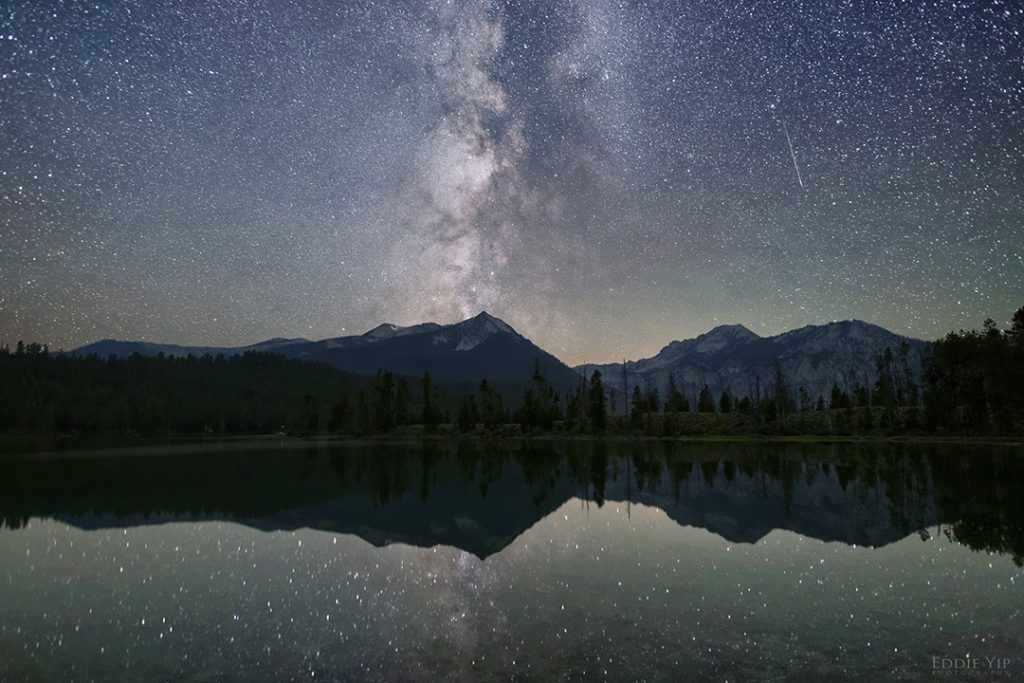
Central Idaho is one of the USA’s last large areas of natural darkness. There is no electricity or mobile phone service across thousands of square kilometres, offering visitors a genuine wilderness experience.
The rugged lands and challenging topography of the Sawtooth Mountains are ill suited to development and officials here maintain the philosophy that dark skies are consistent with natural wilderness. These two things combine to maintain some of the world’s most pristine night skies.
Cévennes National Park, France
Land area: 3,600 sq km
Designated: 2018
Location: Lozère and Gard, France
Cévennes National Park is located in the southeastern extreme of the Massif Central, a highland region of mountains and plateaus. With over 71,000 inhabitants living in 250 villages within Cévennes, National Geographic has described it as “not a pure wilderness park but a classic landscape of traditional French life.”
The rugged topography has staved off development and the park remains one of the darker spots in the country.
Cranborne Chase, England
Land area: 981 sq km
Designated: 2019
Location: Wiltshire, England
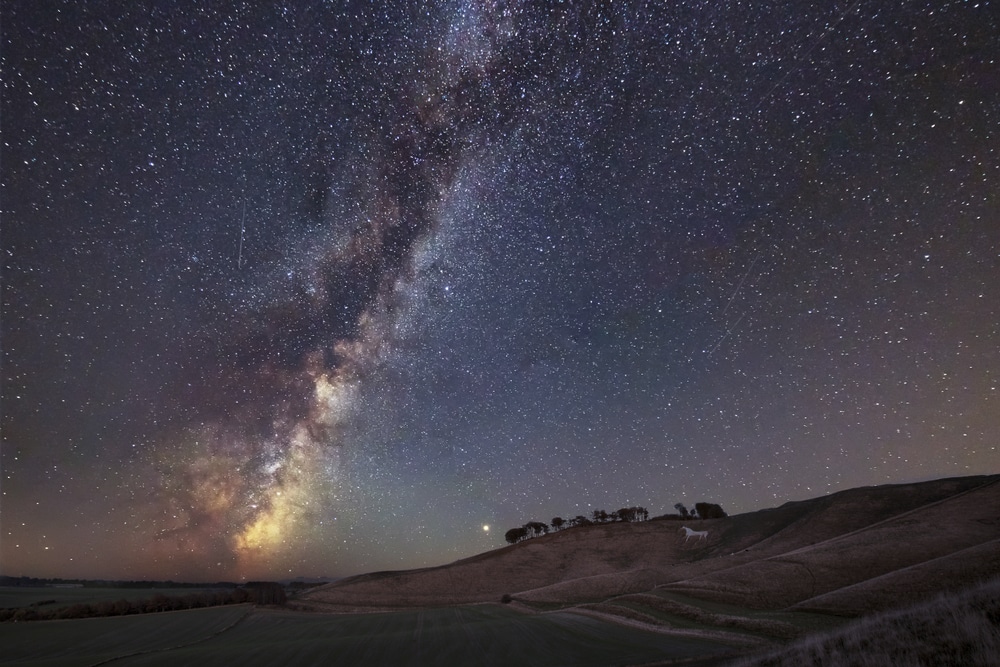
Stretching into the English counties of Dorset, Hampshire and Wiltshire, the Cranborne Chase Area of Outstanding Natural Beauty (AONB) is a diverse landscape of chalk plateau and ancient woodlands in central southern England. It became the 14th Dark Sky Reserve when it joined in 2019.
The AONB runs a number of dark sky events throughout the year, including stargazing evenings, talks and lectures, school visits and workshops.
Exmoor National Park, England
Land area: 181 sq km
Designated: 2011
Location: North Devon, England
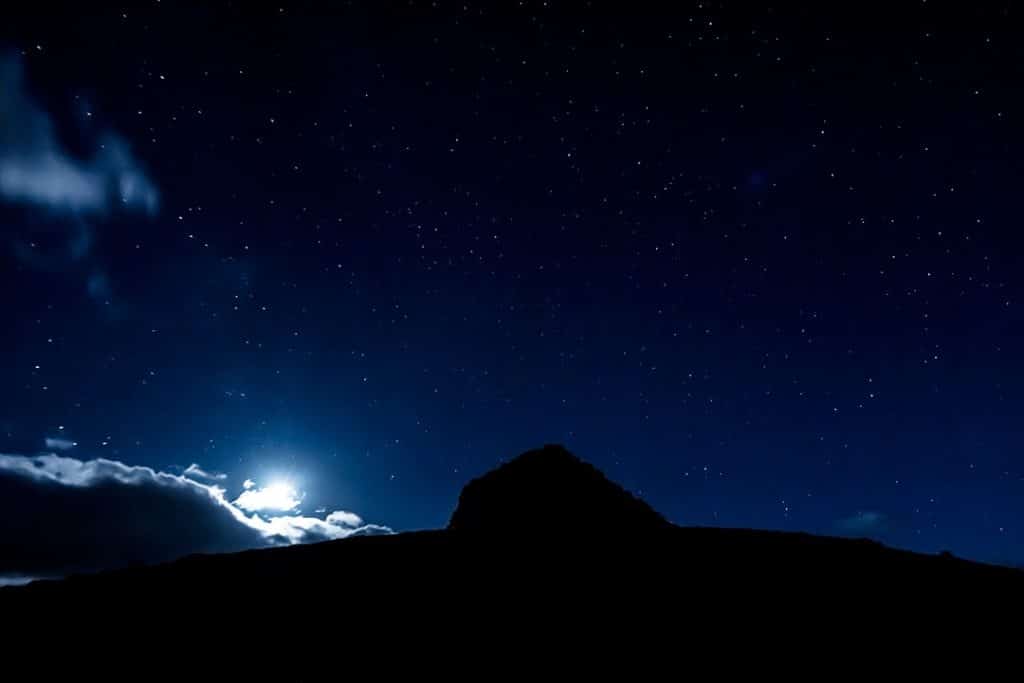
Located in the southwest of England, Exmoor National Park is said to have the darkest skies in the country. The core here is 81 sq km and while human habitation is minimised, access is easy and points of interest are plentiful. The moor-like core includes Bronze Age burial mounds, a site of Special Scientific Interest at Dunkery Horner Wood National Nature Reserve and the deserted medieval settlement of Hoccombe Combe.
Kerry, Ireland
Land area: 700 sq km
Designated: 2014
Location: County Kerry, Republic of Ireland
Covering the Iveragh Peninsula between the Kerry Mountains and the Atlantic Ocean, the Kerry Dark Sky Reserve benefits from natural protection against light pollution. It incorporates 700 sq km of territory along the Wild Atlantic Way tourism trail and is home to 4,000 people.
The area recently featured in Star Wars movie The Force Awakens with the twin-pinnacled crag of Skellig Michael used in several scenes.
Mont-Mégantic, Canada
Land area: 5,300 sq km
Designated: 2007
Location: Québec, Canada
Mont-Mégantic – which covers the municipalities of Granit and Haut-Saint-François, the city of Sherbrooke, as well as Mont-Mégantic National Park – was the world’s first Dark Sky Reserve.
As part of its certification process, approximately 2,500 light fixtures were replaced, resulting in a 25% reduction in light pollution and a reduction in energy consumption of 1.3 gigawatt-hours per year. Mont-Mégantic now provides a model for industrialised countries seeking a compromise between outdoor lighting needs and preservation of the night sky.
Moore’s Reserve, South Downs, England
Land area: 1,627 sq km
Designated: 2016
Location: South Downs National Park, Sussex and Hampshire, England
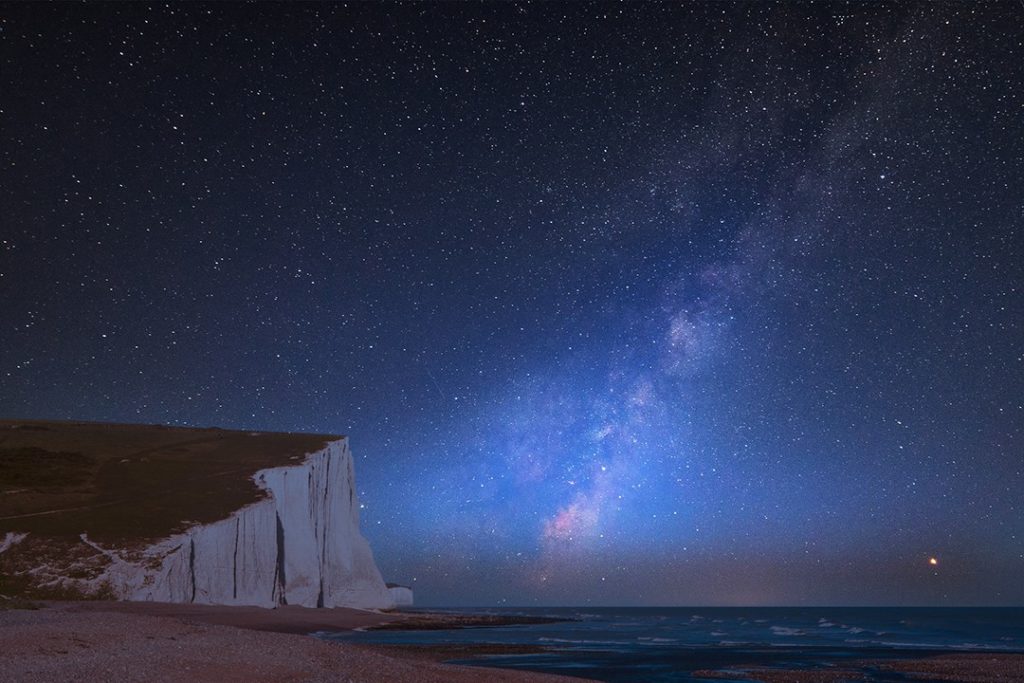
South Downs National Park lies around 100km from the edge of Greater London, one of the most light-polluted cities on Earth. The park’s status as a Dark Sky Reserve has helped protect it against the creeping advance of the furthest-outlying London suburbs.
Like Westhavelland Dark Sky Reserve which lies near Berlin, South Downs has managed to preserve its night sky, while at the same time offering access to over 10 million people who live within a two-hour train journey.
NamibRand Nature Reserve, Namibia
Land area: 2,022 sq km
Designated: 2012
Location: Namibia
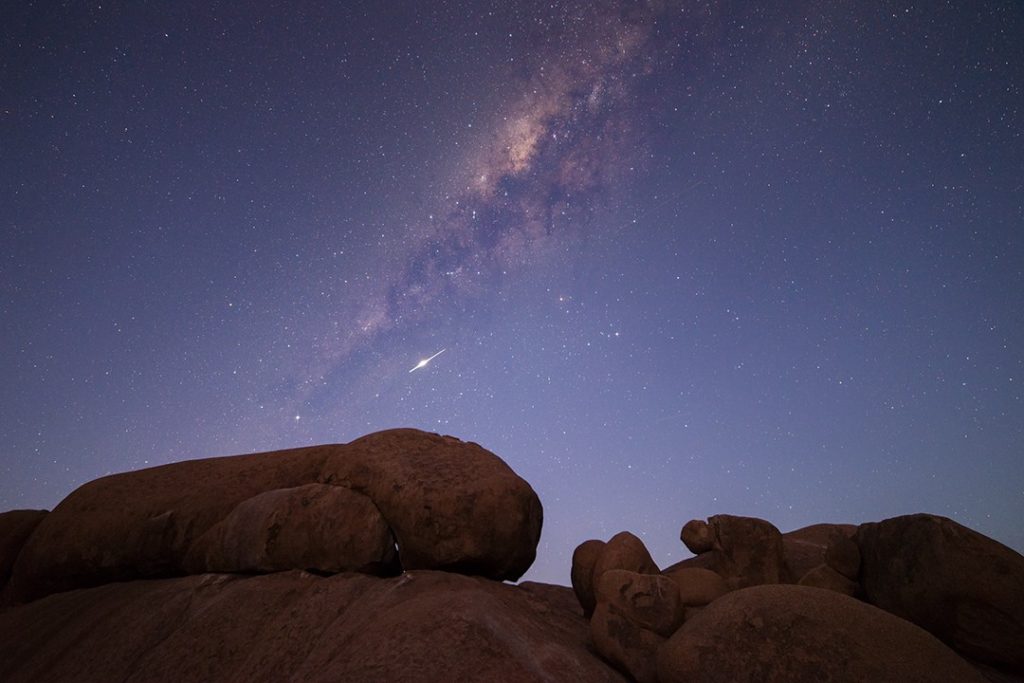
NamibRand Nature Reserve is one of Africaʼs largest private nature reserves. Initially established to protect the ecology and wildlife of the southwest Namib Desert, NamibRand now includes in its remit preservation of the area’s night sky, one of the naturally darkest on Earth.
The core of this Dark Sky Reserve is home to the Namib Desert Environmental Education Trust Centre, which runs environmental education programs to teach visitors about the Earth and sky. Overnight guests can sleep in open air units where they can stargaze from the comfort of their beds.
Pic du Midi, France
Land area: 3,112 sq km
Designated: 2013
Location: Hautes-Pyrénées, France
Pic du Midi Dark Sky Reserve is located in a mountainous region of southern France. It encompasses the Pyrénées-Mont Perdu UNESCO World Heritage Site as well as Pyrénées National Park.
A team at the nearby University of Pau and Pays de l’Adour manages the Dark Sky Reserve project. It maintains instruments in the Pic du Midi region to monitor the quality of the night sky and conducts research into land use policy and practices, tourism business models, and the sustainability of resources.
Rhön, Germany
Land area: 1,720 sq km
Designated: 2014
Location: Biosphärenreservat Rhön, Germany
The Rhön Dark Sky Reserve includes the entire central region of the Rhön Mountains where the German states of Hesse, Bavaria and Thuringia meet. Reaching heights of 950m (3,100ft), the region is often referred to as the “land of endless horizons”.
Rhön is unique among the Dark Sky Reserves in that its core comprises three non-contiguous areas: Hohe Geba in the northeast, Lange Rhön in the center, and Schwarze Berge in the south.
River Murray, Australia
Land area: 3,200 sq km
Designated: 2019
Location: Cambrai, Australia
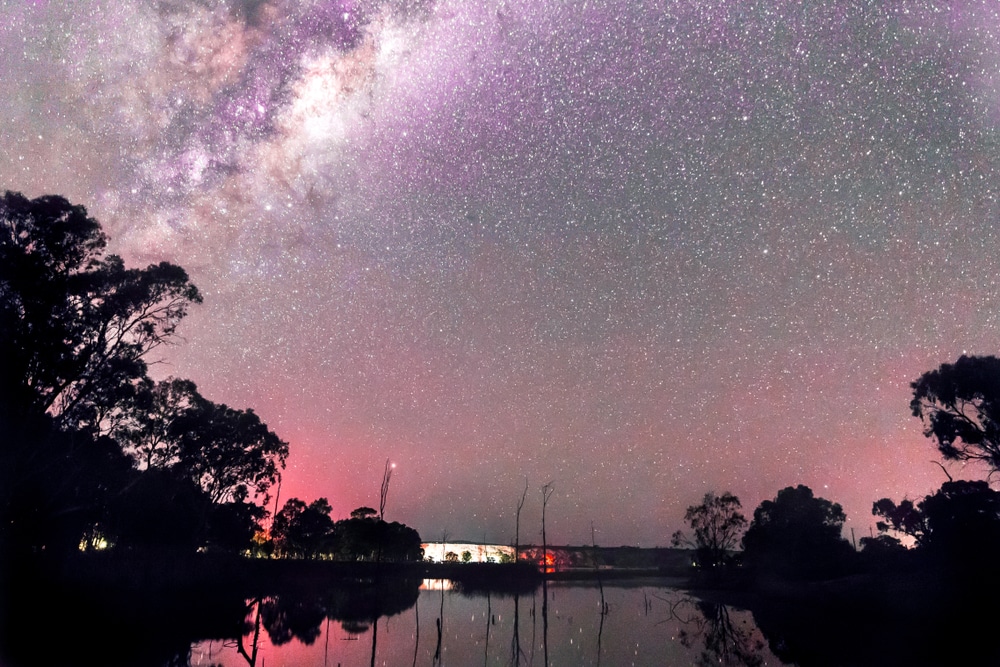
Located in South Australia, around 100km to the east of state capital, Adelaide, the protected area was initially set up in 1970 to preserve the region’s wombat population. River Murray is particularly remarkable as it has managed to secure its dark conditions despite being located so close to a city of 1.4 million inhabitants.
While much of Australia enjoys pristine nighttime conditions, the country’s rural landscapes are under growing threat due to activities such as mining and oil and gas production that bring artificial light to usually dark locations. By registering as a Dark Sky Reserve, River Murray intends to ensure that it remains free from such incursions.
Snowdonia National Park, Wales
Land area: 2,132 sq km
Designated: 2015
Location: Wales, United Kingdom
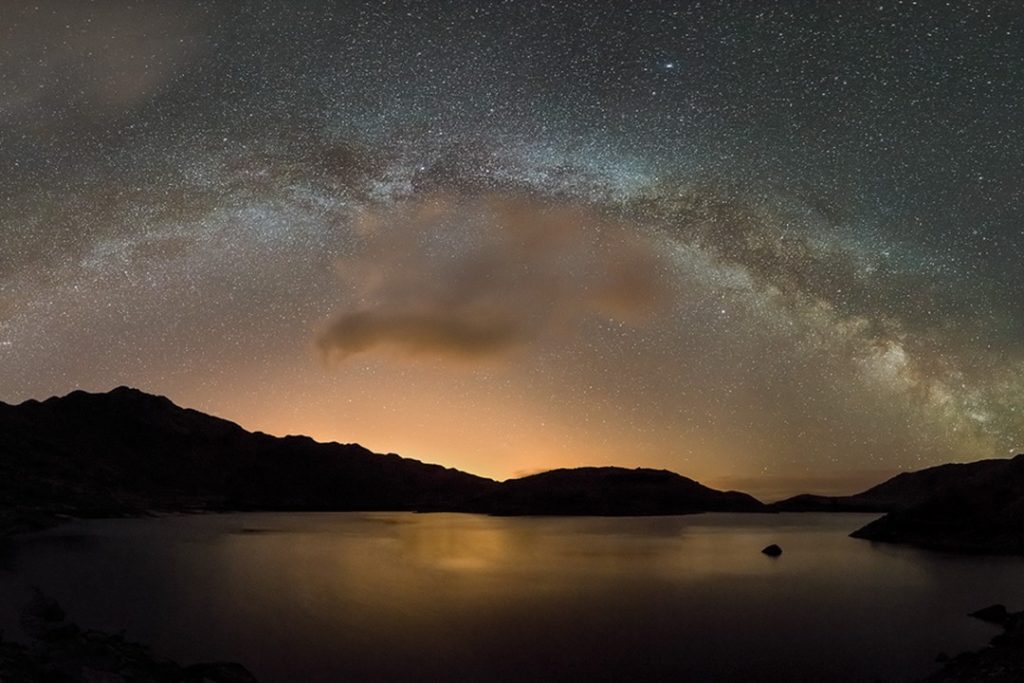
Snowdonia National Park constitutes approximately 10% of the total land area of Wales. The rugged interior supports little human settlement and is therefore a naturally dark haven. Along with Brecon Beacons National Park, Snowdonia is among the darkest places remaining in southern Britain.
Westhavelland, Germany
Land area: 747.9 sq km
Designated: 2014
Location: Förderverein Sternenpark Westhavelland, Germany
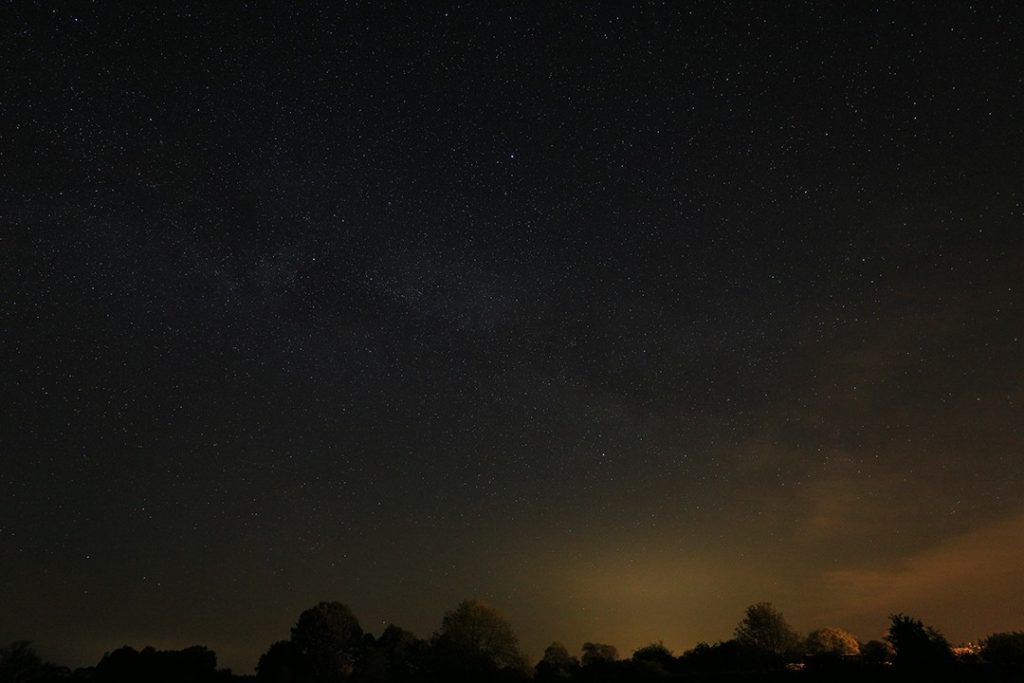
Westhavelland Nature Park has the largest contiguous wetland of any individual country in Europe. The park is situated 70km west of Berlin, but has managed to preserve its night sky by maintaining a low population and heavily promoting its certified status.
Westhavelland benefits from an extensive education, public outreach, and communications program including the annual WestHavelländer AstroTreff star party, the European Day of Parks event and partnerships with private enterprise to develop astro-tourism.
Enjoyed this post? pin it for later…
Human Universe by Professor Brian Cox explores the depth of human knowledge today and where our curiosity may lead us in the future. It reveals how time, physics and chemistry came together to create a creature that can wonder at its own existence and ask not just where it came from, but how it can think, where it is going and if it is alone.
